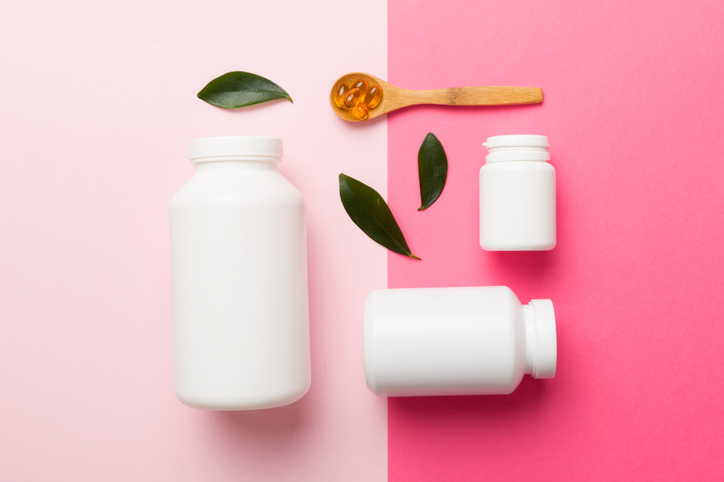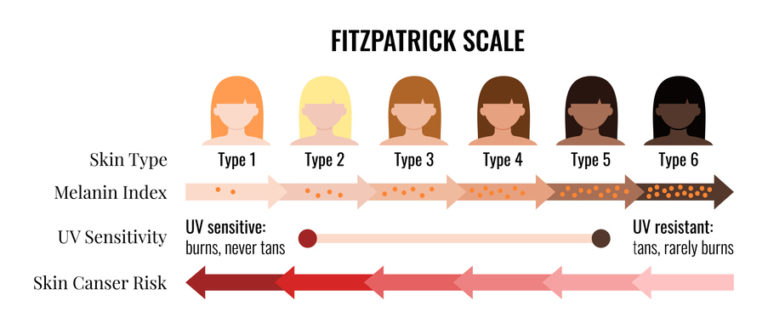
Top 3 Vitamins We Love for Skin Health
Learn why we love Vitamin B3, Vitamin C, and Vitamin D, and how each can make a difference in your skin health.
Dr Michael Rich is a specialist dermatologist who has been performing tumescent liposuction for over 30 years. Find out if Liposuction is suitable for you at ENRICH Clinic.
At ENRICH Clinic, we have a wide range of dermatological and cosmetic body treatments tailored to individual body and patient needs.
At ENRICH Clinic, our treatments are performed by our medical team consisting of doctors, nurses, and dermatologists and are tailored to each patient’s skin health needs.
ENRICH Clinic is committed to your skin health and well-being with a range of dermatological & cosmetic treatments tailored to the individual. Our treatments are performed by our medical team consisting of doctors, nurses, and dermatologists.
Skin health is essential for everyone. ENRICH Clinic has a wide range of technologies and dermatological solutions to help you achieve your skin care goals.
 Sun on your skin is a surefire way to accelerate the visible signs of ageing, making sunscreen one of your greatest weapons. Choosing the right sort and applying it properly, however, aren’t always at the top of our list of summertime activities. It doesn’t help that we believe that all sunscreen is created equal.
Sun on your skin is a surefire way to accelerate the visible signs of ageing, making sunscreen one of your greatest weapons. Choosing the right sort and applying it properly, however, aren’t always at the top of our list of summertime activities. It doesn’t help that we believe that all sunscreen is created equal.
Not applying sunscreen regularly enough or properly is a major issue, but there’s more: there is some evidence to suggest that some sunscreen ingredients can interrupt your hormones. This article introduces you to sunscreen in a deeper way, with a list at the end of suspect ingredients and those considered safe.
Why do we need sunscreen anyway?
UV rays come in two forms – UVA and UVB – and we need to protect ourselves from both kinds.
How does sunscreen work?
Sunscreen is not magic and it’s useful to understand how it works so you can get the most out of it. Sunscreen has ingredients in it that ‘catch’ and absorb, or reflect and scatter the UV rays before it can get to your skin cells. Some ingredients are for UVA rays and some are for UVB, and in combination, they are broad spectrum.
Sunscreen ingredients
The active ingredient in sunscreen is one of two types: an organic chemical filter or inorganic metal oxide (the white zinc you can buy). Newer sunscreens may contain organic chemical particles that actually behave more like zincs.
Sunscreen sensitivities and allergic reactions
Dermatological irritation can occur with sunscreen use due to sensitivities or even allergies, so if you are sensitive or want to double check, it can pay to do a sensitivity test on your inner arm – if you have no adverse symptoms after a day, you’re good to go. Obviously this can be inconvenient or expensive, so check with family and friends and try before you buy, avoiding suspect ingredients where possible.
Most allergenic ingredients checklist:
Hormone disruptors
Some chemical sunscreens are suspected of being endocrine disruptors, which means they impact hormones via absorption through the skin. This is never good, but can be problematic in those who already have disrupted hormones, or are pregnant or breastfeeding. This impact is mostly theory and based on animal studies where high amounts of ingredient were used – we would never use that much as sunscreen, at least not in one day. It doesn’t mean it can’t have a cumulative effect.
Most common suspected endocrine disruptors:
Ingredients considered safe and effective:
Tips and tricks for saving your skin in the sun and making the most of sunscreen
Got sun damage?
Talk to our expert dermatologists
*With all surgeries or procedures, there are risks. Consult your physician (GP) before undertaking any surgical or cosmetic procedure. Please read the consent forms carefully and be informed about every aspect of your treatment. Surgeries such as liposuction have a mandatory seven-day cooling-off period to give patients adequate time to be sure of their surgery choice. Results may also vary from person to person due to many factors, including the individual’s genetics, diet and exercise. Before and after photos are only relevant to the patient in the photo and do not necessarily reflect the results other patients may experience. Ask questions. Our team of dermatologists, doctors and nurses are here to help you with any of your queries. This page is not advice and is intended to be informational only. We endeavour to keep all our information up to date; however, this site is intended as a guide and not a definitive information portal or in any way constitutes medical advice.
"*" indicates required fields
Combining Dr Rich’s dermatological skill with his knowledge of restorative skin regimes and treatments, the ENRICH range is formulated to help maintain and complement your skin. Our signature Vitamin C Day & Night creams are now joined by a Vit A, B,&C Serum and a B5 Hyaluronic Gel, both with hydration properties and much, much more.

Learn why we love Vitamin B3, Vitamin C, and Vitamin D, and how each can make a difference in your skin health.

Learn what the Fitzpatrick skin type system is and why we always check your skin type before any procedure at Enrich.

We address skincare trends & debunk myths while also providing guidance on products & treatments you should avoid based on your skin type.

Makeup can temporarily make your skin look flawless & dewy, but it merely masks imperfections & may not address the root causes of your skin concerns.
Subscribe to the ENRICH newsletter and receive latest news & updates from our team.
Enrich Clinic acknowledges the Traditional Lands of the Wurundjeri Woi Wurrung and Bunurong peoples of the East Kulin Nations on which we work and trade. We pay respect to their Elders past, present and emerging. We extend our acknowledgement and respect to the LGBTQIA+ community who we welcome and support. Read our full Acknowledgement Statement here
